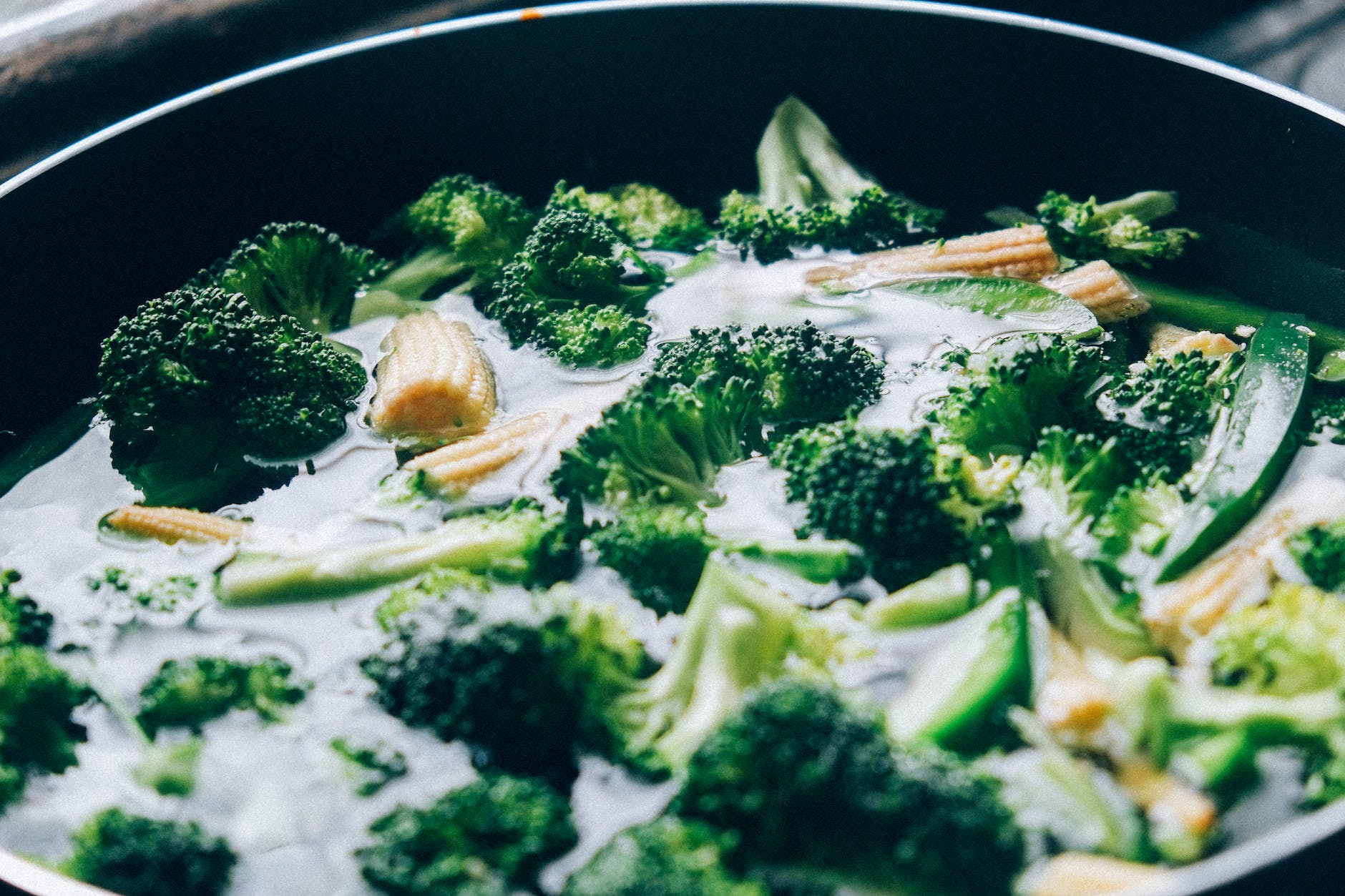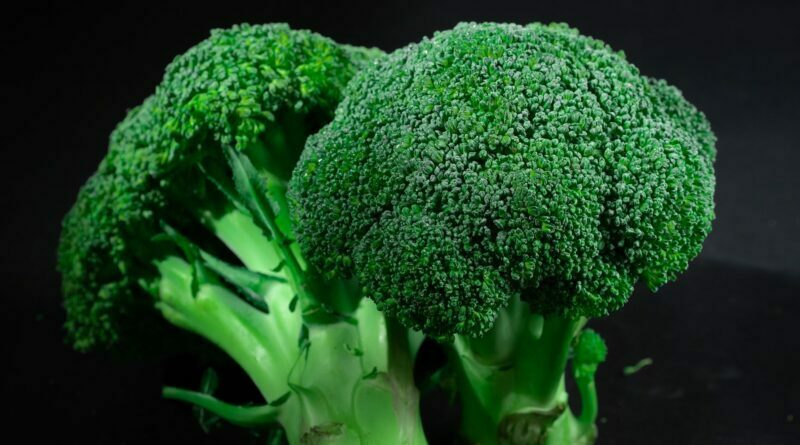Growing Broccoli: Health Benefits, Growing Tips, and Meal Ideas
Broccoli, often considered a staple of home gardens and allotments, is a dependable and nutritionally rich vegetable that has earned its place among gardening enthusiasts. As a member of the cruciferous family, which boasts other well-loved members like cauliflower, kale, and Brussels sprouts, broccoli stands as a testament to nature’s bounty and healthful offerings.
In the following blog post, we’ll take an in-depth journey into the multifaceted world of broccoli. We’ll begin by unraveling the numerous health benefits that this unassuming green can bestow upon those who incorporate it into their diets. Beyond that, we’ll provide you with a wealth of knowledge on how to cultivate broccoli in your very own garden, regardless of whether you’re a seasoned green thumb or just starting to explore the joys of gardening.
Moreover, we recognise that the true magic of broccoli lies not just in its nutritional profile but also in its ability to transform ordinary meals into delicious, wholesome feasts. Therefore, we’ll also present you with a delectable array of meal ideas, each designed to showcase broccoli’s versatility and culinary potential. Whether you’re already a fan of this humble green or a newcomer eager to discover its charm, our aim is to provide you with a comprehensive guide that will both educate and inspire.
Health Benefits of Broccoli
Broccoli is a nutritional powerhouse that’s loaded with vitamins, minerals, and antioxidants. It’s high in fiber, vitamin C, vitamin K, folate, and potassium. Broccoli is also rich in phytochemicals, such as sulforaphane and glucosinolates, which have been shown to have anti-cancer properties. Here are some of the health benefits of broccoli:
- May help prevent cancer: Broccoli contains sulforaphane, which has been shown to have anti-cancer properties. Studies have found that sulforaphane may help prevent cancer by reducing inflammation and oxidative stress in the body.
- May support heart health: Broccoli is high in fiber, potassium, and vitamin C, which are all important nutrients for heart health. Studies have found that a diet rich in cruciferous vegetables like broccoli may help reduce the risk of heart disease.
- May support bone health: Broccoli is high in calcium, vitamin K, and other nutrients that are important for bone health. Studies have found that a diet rich in cruciferous vegetables like broccoli may help reduce the risk of osteoporosis.
- May support digestive health: Broccoli is high in fiber, which can help promote regularity and support digestive health. It also contains sulforaphane, which has been shown to have anti-inflammatory properties that may help reduce the risk of digestive disorders.
How to Grow Broccoli
Broccoli is a cool-season crop that’s typically grown in the spring and fall. It prefers full sun and well-draining soil that’s rich in organic matter. Here are the steps to grow broccoli in your garden:
1. Select the Right Location: Choose a sunny location in your garden with well-drained soil. Broccoli prefers full sun, which means it should receive at least 6-8 hours of direct sunlight daily.
2. Soil Preparation: Prepare the soil by adding organic matter such as compost or well-rotted manure. Broccoli thrives in soil that is rich in nutrients and has a slightly acidic to neutral pH level (around 6.0-7.0).
3. Planting Seeds or Transplants: Broccoli can be grown from seeds sown directly in the garden or from transplants. If starting from seeds indoors, do so about 6-8 weeks before the last expected frost date in your area. Transplants can be planted in the garden when they have 3-4 true leaves.
4. Spacing: Plant broccoli seedlings or seeds about 18-24 inches apart in rows, with rows spaced around 24-36 inches apart. Proper spacing ensures that the plants have enough room to grow and develop.
5. Watering: Keep the soil consistently moist but not waterlogged. Broccoli plants need about 1-1.5 inches of water per week, either from rain or irrigation.
6. Fertilisation: Fertilize your broccoli plants with a balanced fertilizer or a nitrogen-rich fertiliser when they reach a height of about 4-6 inches, and then again when the heads begin to form. Follow the package instructions for the specific fertilizer you use.
7. Mulching: Apply a layer of mulch around your broccoli plants to help retain soil moisture and control weeds. This will also keep the soil temperature more consistent.
8. Pest and Disease Management: Keep an eye out for common pests like aphids, cabbage worms, and cabbage loopers. You can use natural or organic pest control methods to manage them. Additionally, practice crop rotation to minimize the risk of soil-borne diseases.
9. Harvesting: The time to harvest broccoli depends on the variety you planted. Typically, you’ll harvest when the main head is firm and compact, and the individual buds are still tight. Use a sharp knife to cut the head about 5-6 inches below the head. Be sure to leave the plant in the ground as side shoots (smaller heads) may develop and can be harvested later.
10. Storage: Store harvested broccoli in the refrigerator. It can last for up to a week if kept in a plastic bag or wrapped in a damp paper towel.
11. Companion Planting: Consider companion planting with vegetables like carrots, onions, and herbs like dill or rosemary, which can help deter pests and enhance growth.
12. Crop Rotation: After harvesting, practice crop rotation by avoiding planting broccoli in the same spot in the following growing season to prevent soil depletion and pest buildup.

Meal Ideas with Broccoli
Broccoli is a versatile vegetable that can be used in a variety of dishes. Here are some delicious meal ideas to incorporate broccoli into your diet:
- Broccoli salad: Toss chopped broccoli with chopped apples, raisins, and a honey mustard dressing for a healthy and flavorful salad.
- Broccoli soup: Make a creamy broccoli soup by sautéing onions and garlic in butter, then adding chopped broccoli, vegetable broth, and cream. Blend until smooth and serve with crusty bread.
- Roasted broccoli: Toss broccoli florets with olive oil, salt, and pepper, then roast in the oven at 400°F for about 20-25 minutes, until tender and golden brown.
- Broccoli stir-fry: Stir-fry broccoli with sliced carrots, bell peppers, and your choice of protein (such as chicken, beef, or tofu) for a healthy and flavorful meal.
- Broccoli quiche: Make a broccoli quiche by mixing chopped broccoli with eggs, cheese, and milk, then baking in a pie crust. Serve with a side salad for a complete meal.
Broccoli is a nutritious and easy-to-grow vegetable that’s perfect for an allotment or home garden. It’s packed with vitamins, minerals, and antioxidants that support overall health, and it’s versatile enough to be used in a variety of dishes. By following the steps outlined above, you can grow your own broccoli and enjoy its health benefits all season long. Whether you’re adding it to salads, soups, stir-fries, or quiches, broccoli is a delicious and nutritious addition to any meal.




